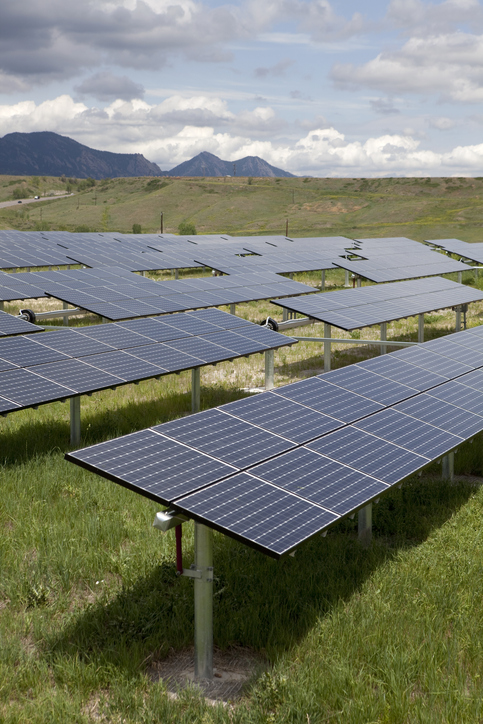Wind farms, solar farms, and energy storage generally have a positive long-term impact on reducing local utility costs due to their low operational costs and ability to displace more expensive forms of energy generation. However, initial costs and the need for grid updates may cause short-term increases in utility prices depending on several factors including the scale of the projects, local energy market conditions, government policies, and the integration of these renewable sources into the grid. Here's more about their impacts:
- WIND FARMS
- Cost Reduction Potential: Wind energy, once installed, has very low operational costs, as the "fuel" (wind) is free. This can result in lower utility costs over time as wind power displaces more expensive fossil fuel generation
- Initial Costs: There may be initial costs associated with building the infrastructure to support wind farms, which could be passed on to consumers in the form of rate increases in the short term
- Wholesale Energy Price Impact: Wind farms can drive down wholesale electricity prices during high wind periods, as they often bid into energy markets at low or negative prices to ensure they are dispatched. This can lead to savings for utilities, which may translate into lower consumer prices
- SOLAR FARMS
- Lower Long-term Utility Costs: Like wind farms, solar farms benefit from free fuel (sunlight), leading to predictable, low operational costs once the infrastructure is in place. As the proportion of solar energy in the grid grows, it can contribute to more stable and potentially lower electricity rates
- Peak Demand Reduction: Solar farms often generate electricity during peak demand hours (sunny days), which can help reduce the need for expensive peaking power plants, potentially lowering utility costs during peak times
- Transmission and Grid Integration Costs: If large solar farms are located far from population centers, there may be additional transmission costs that could impact utility prices. However, these can sometimes be offset by the savings solar energy provides
- Incentives and Subsidies: Government subsidies and incentives for solar energy can help reduce the cost of building these facilities, potentially benefiting consumers with lower utility costs. However, in some cases, subsidies are funded through ratepayer contributions, which could increase rates in the short term
- ENERGY STORAGE
- Grid Stability and Lower Peak Prices: Energy storage systems (such as battery farms) help balance supply and demand by storing energy when it's abundant and releasing it when it's scarce. This can reduce the need for expensive peaking plants and can lower the overall cost of energy during high-demand periods and smooth price volatility
- Capacity and Ancillary Services: Energy storage provides additional grid services, such as frequency regulation and reserve capacity, which help avoid costs associated with grid instability and blackouts. These avoided costs can benefit consumers indirectly by preventing large spikes in utility rates
- Initial Investment: The cost of deploying energy storage can be high, and some of these costs might be passed on to consumers initially. However, as technology improves and costs decline, the long-term impact could be more favorable to ratepayers
- OVERALL IMPACT ON UTILITY STORAGE
- Short-term vs. Long-term: In the short term, the costs of building new renewable energy projects may lead to slight increases in utility rates. However, over the long term, the low operational costs of wind and solar, combined with energy storage’s ability to optimize grid usage, are likely to reduce utility costs
- Market Dynamics: In competitive energy markets, wind, solar, and storage can drive down the wholesale price of electricity, which should eventually translate into lower retail electricity prices. In regulated markets, utility commissions may pass savings from renewables to consumers, depending on rate structures
- Location-specific Factors: The impact on utility costs can be heavily influenced by local policies, the structure of the energy market (regulated vs. deregulated), and existing energy infrastructure



